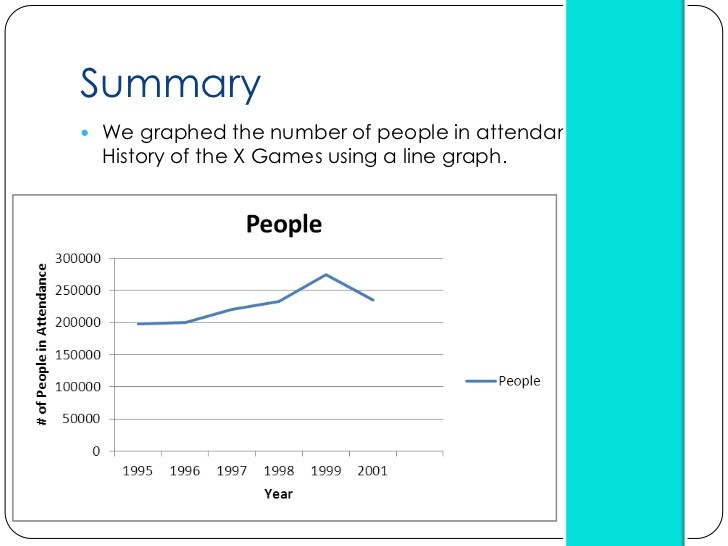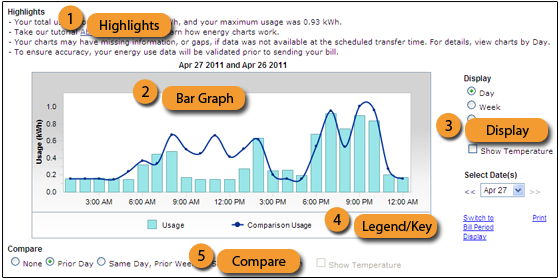Introduction to Charts
Post on: 16 Июнь, 2015 No Comment

Introduction to Charting
Charts are an invaluable tool for stock and spread betting traders. Indeed, I would say that any time that you as a trader spend studying price charts will be worthwhile. Chartists study the recurring patterns that occur in stock prices, because these tend to repeat time and time again. Prices tend to trend, and trends are in place until they are broken.
Why are charts so important?
Charts are prices. Period. Dont care whats driving them. They are prices. And they move up or down which is why they are so relevant to us traders. Charts can be a very useful and influential aid to intelligent trading. Not only can charts help to highlight the present direction and stage of a trend but they are also useful for planning trade entry and exit price levels. Charts can also help you to identify levels of resistance i.e. points on a chart where the price has stalled in the past or points of support i.e. points on a chart where the price has stopped falling. Becoming familiar with how charts function, and with what they show, will enable you to fully harness the advantages that they offer.
Charts are Fractal, which means that they are equally valid over all time frames. Imagine looking down on a map showing only the natural physical shape of a section of coastline not knowing the scale. The wavy shore line could be of a 1 mile section or a 100 mile section. Patterns and trends of prices are as frequent in all time frames. Therefore consider moving out of your comfort zone and trying different chart scales. We can pick whatever timeframe we choose to argue what the direction we are going. Ten years, two years or three months all give a different story. I believe the main trend that matters is the one you are currently trading. So if you are trading two or more years timeframe then the two or three year trend is what you should look at. If you are likely to be trading over a few minutes then you look at the trend over the past few minutes and if you tend to hold trades over a few months you should look at trends over the past few months.
Chart Patterns
A visual inspection of any stock chart will reveal that over time, prices do not always behave in a random or chaotic way but rather move about in stages, trends, congestion zones and sometimes repeating patterns. As buyers and sellers fight for control of the share price, the daily market forces of supply and demand shape the behavior of prices on a chart.
Certain patterns have a habit of re-appearing, time and again. The same patterns have been used by professionals to safely trade the market for over a hundred years. These patterns will continue to appear on charts because they are a manifestation of the basic underlying human psychology that’s always present in the market the emotions of fear, hope and greed.
All successful trades begin with well timed entries. When’s the right time to buy? Only the market knows. Therefore, perhaps the best way to time your entries into the market is to use the market itself as your timing tool.
Chart patterns can signal a time to either buy or sell a stock. They provide the trader with a simple and straightforward way to enter the market, often with minimal risk. One advantage you have when trading patterns is that you can accurately measure both your risk and the expected profit target before entering the trade. Knowing these factors allows you to make informed planning that is a vital component of successful share trading.
Charts in Technical Analysis
Producing charts, or charting, is also an essential part of technical analysis. Computers and the Internet have revolutionized this aspect, allowing you to easily explore many different ways of charting, use of lines and indicators, and to come up with your own favorite chart setups. There are many online resources, such as www.bigcharts.com, www.stockcharts.com, and others which allow free access to many of the charting facilities that you will use, and before you start trading you may want to play around with them. However, to get access to the latest pricing information and unlimited use of different tools plus the facility to back-test your systems, if you are a serious trader you will probably want to subscribe to a paid service such as ShareScope. We use their charts in this course.
If youve done any trading, you may well find some of this material is already familiar. As it is of such fundamental importance to technical analysis, I make no excuses for starting with the basics, and if you already know something about charts, then you should treat this as a refresher course. Having a good understanding of the use of charts and what they can reveal to you is key to being a successful trader.

In general spread traders who are more interested in short-term trends and day trading will usually use shorter time-scales for their charts. Conversely, spread traders with longer trading perspectives will use extended time-frames for their charts. For instance, traders who are looking to day traders the markets capitalising on temporary market noise may use one-minute or five-minute charts, while spread betters who are more interested in long-term investments will normally utilise daily or weekly charts.
In this module we will be reviewing the different types of charts that are available, and running through the basics of the line chart, bar chart and candlestick chart, starting with simple diagrams and going on to actual price charts. In Module 8 Ill talk further about candlesticks and their patterns, and introduce the other types of charts which are sometimes used such as the point and figure, Renko and Kagi charts, and candle volume charts.
In the first module, we looked briefly at charts and saw that price is normally drawn going upwards, with time going horizontally along the bottom. This principle applies across the board to many different types of charts. This standard layout has many variations with different scales of time and price, and you will come to recognize them all.
Technical analysts typically use one of the following three chart types:
- Line charts
- Bar charts
- Candlestick charts
Most charting software packages will let you analyse the price movement of any stocks or markets in these formats. Candlestick and bar charts in particular are a great source of trading ideas as they show you immediately where the price is presently trending up or down and how strongly which can give you clues as to when a trend may be running out of steam and is therefore at risk of a reversal. But lets examine line charts, bar and candlestick charts in turn.
This entry is filed under course. You can follow any responses to this entry through the RSS 2.0 feed. You can leave a response. or trackback from your own site.














